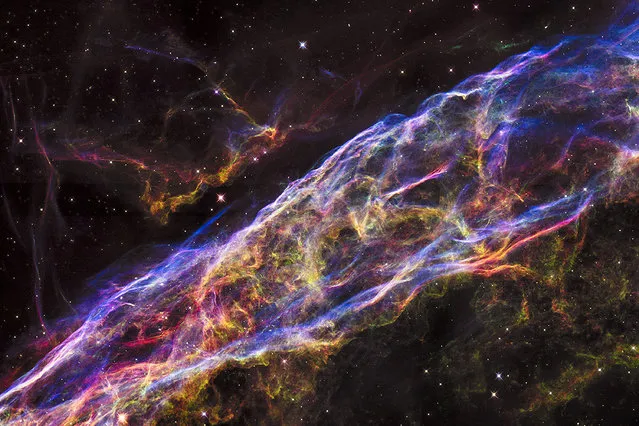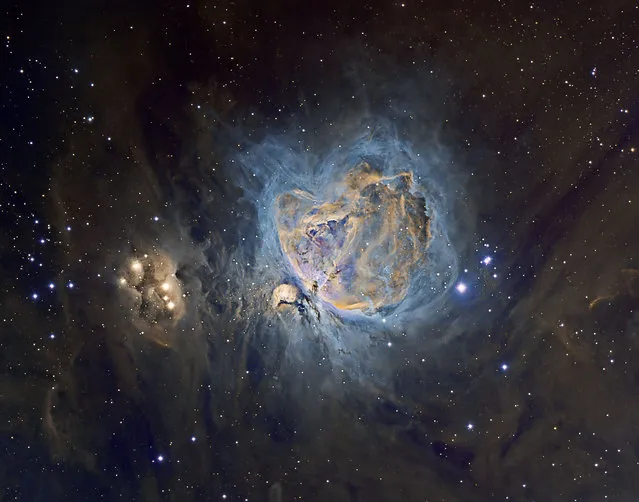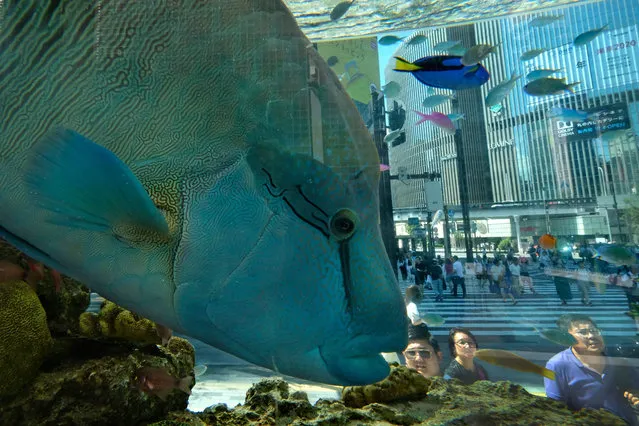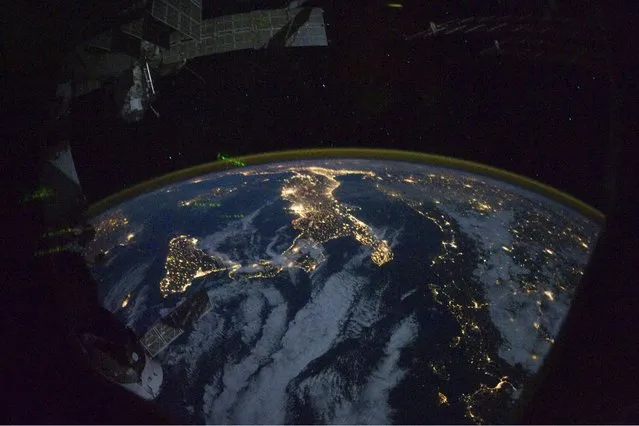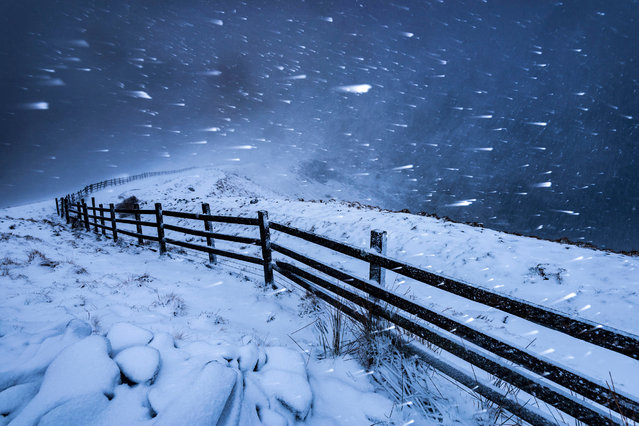
Blizzard in the High Peak, Derbyshire, by John Finney: “After a difficult journey in the snow, I made my way from Mam Tor down onto the Great Ridge. As the clouds got darker, I placed the tripod and camera at just the right angle to avoid snow getting onto the lens, and used a flash gun and a relatively slow shutter speed to highlight the fast motion of the blizzard”. Classic view, adult class – winner. (Photo by John Finney/Landscape Photographer of the Year)
22 Oct 2018 00:01:00,post received
0 comments

